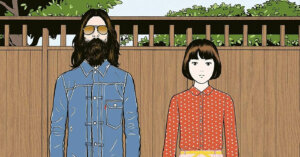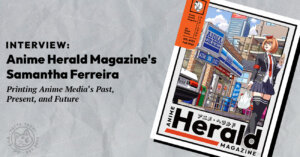Teru Aoki wakes up in a broken subway car. His fellow passengers are dead. Only his classmate Nobuo and a girl named Ako survived the crash. As Nobuo is driven insane by fear, Teru and Ako escape the subway tunnel to find help. What they find is an ash-blackened world ruled by violence. Was it a volcano eruption, a government conspiracy, or a supernatural event that destroyed the planet? Nobody knows. All that Teru and Ako can do in the face of absolute terror is survive.
Minetaro Mochizuki’s manga series Dragon Head began its serialization 31 years ago. Kodansha is set to reprint the series this fall, giving a new generation the chance to experience this horror classic. Yet Dragon Head is just one part of Mochizuki’s long career, much of which has not yet been translated into English. His past work includes awkward tales of adolescence (Bataashi Kingyo), psychological drama (Tokyo Kaido) and modern adaptations of classic novels (Chiisakobe), not to mention his comic adaptation of Wes Anderson’s film Isle of Dogs.
At AnimeNYC 2025, Mochizuki participated in an interview roundtable featuring representatives from Anime Herald, Manga Mavericks, Anime Doctor, and of course Yatta-Tachi. He discussed topics including Dragon Head’s influences, the dual forces of fear and imagination, and his abiding love for Kazuo Umezz. As he said in a later panel at the convention with Deb Aoki, “I want to stay true to myself, not to follow trends.” His work bears that out.
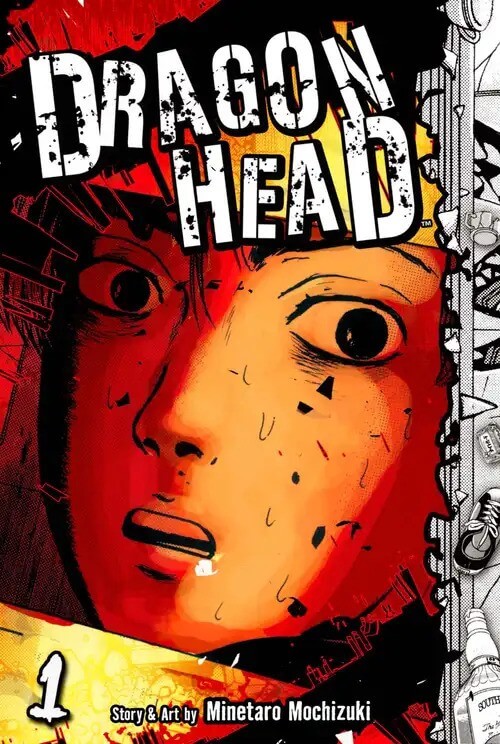
The theme of darkness
ANIME HERALD: At its core, Dragon Head is a story about fear and terror. What inspired you?
MINETARO MOCHIZUKI: I read a lot of novels during my adolescent years, such as those by Jerzy Kosinski. Many of them tackled the theme of darkness. At that time I thought that I would like to write something similar. I was also inspired by the Japanese horror artist Kazuo Umezz.
YATTA-TACHI: Your early manga were stories about youth, like Bataashi Kingyo. What made you switch to horror?
MOCHIZUKI: When I first became a manga artist, I didn’t tackle abstract topics. Instead, I drew things that were close to me, or were more tangible. As I grew as an artist and produced more works, I came to understand those more abstract themes. That’s why I was able to delve into those later pieces.
MANGA MAVERICKS: What was it like working on the manga adaptation of Wes Anderson’s Isle of Dogs?
MOCHIZUKI: When I first got the offer, I was ecstatic, because I was a huge fan of Wes Anderson. But the film is animated via stop-motion, so I found it very difficult to adapt into a manga.
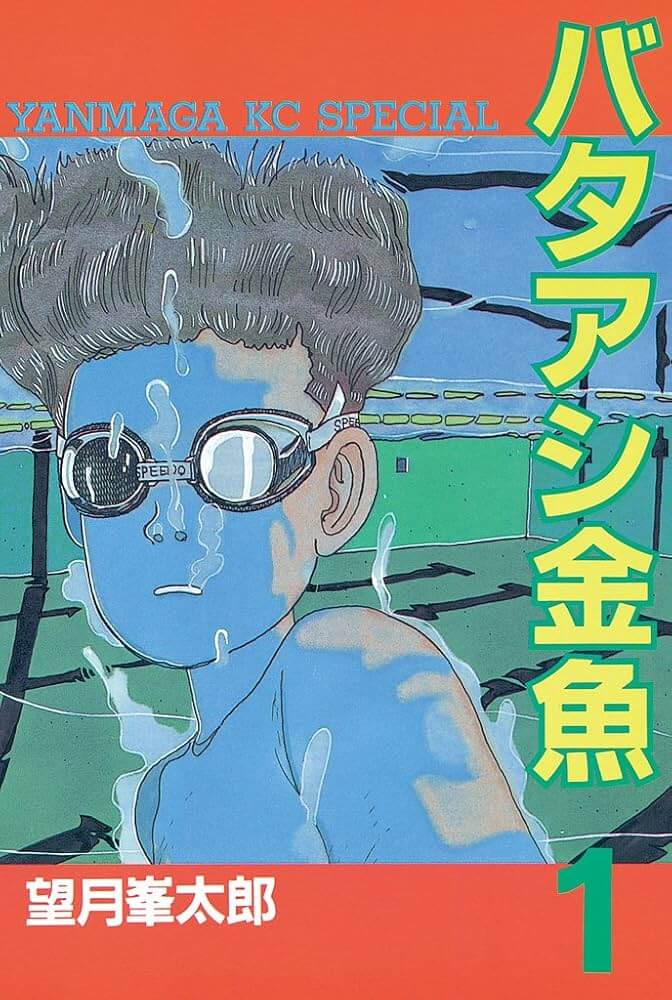
Maintaining perspective
ANIME DOCTOR: Dragon Head is unrelenting in tone; it’s claustrophobic, grim and surreal. How did you maintain emotional tension across so many chapters without exhausting or desensitizing the reader?
MOCHIZUKI: One thing that I decided while drawing Dragon Head was to maintain the perspective of the characters. You are never given an overhead perspective or told what the outside world is like. Maybe you felt that way when you were reading because you were experiencing the same emotions that the characters were.
What I didn’t show was just as important as what I showed. I thought that I could progress the story even further by emphasizing the unknown.
ANIME HERALD: What advice do you have for artists and authors who might not have much confidence in themselves?
MOCHIZUKI: I am one of those people, too! There’s a scene in a movie called Field of Dreams where they cut through the cornfields. You might not know what’s ahead of you, or what you should do, but it’s still best to move forward.
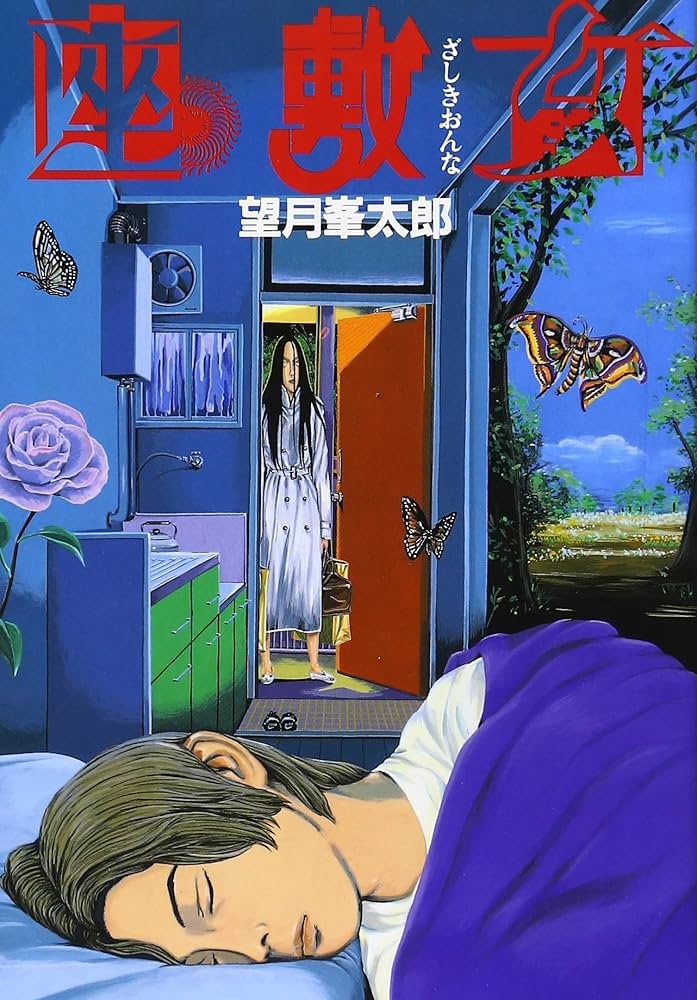
Because it’s something I feel
YATTA-TACHI: According to an interview with du9, Dragon Head was inspired by the 1995 Kobe earthquake as well as the collapse of Japan’s economy. You said that it was as if “there was nothing left for us, and…it was as if invisible monsters were hiding out in the world.” Is Japan the same, or has it changed? Do current events influence your recent work, as well?
MOCHIZUKI: The meaning of this comment was misinterpreted. It was just my personal feelings from witnessing the collapse of the financial bubble that were reflected in the manga.
As for whether events in today’s Japan influence my work, I actually don’t pre-plan the themes beforehand. It comes out on the page because it’s something that I feel. I won’t know if my work reflects the current situation until I start writing and drawing.
MANGA MAVERICKS: You’ve previously cited artist Yoshikazu Ebisu as being a major influence on your work. What about his work resonates with you?
MOCHIZUKI: I read Ebisu-sensei’s work when I was a student. A generation before my time, there was a “new wave” of manga artists. They drew work with experimental themes, and because they were published during my adolescent years, they had a direct effect on me.
Ebisu-sensei was a lead proponent of heta-uma, where art is drawn poorly on purpose as an artistic choice. There’s a lot of his influence especially in my early work like Bataashi Kingyo.
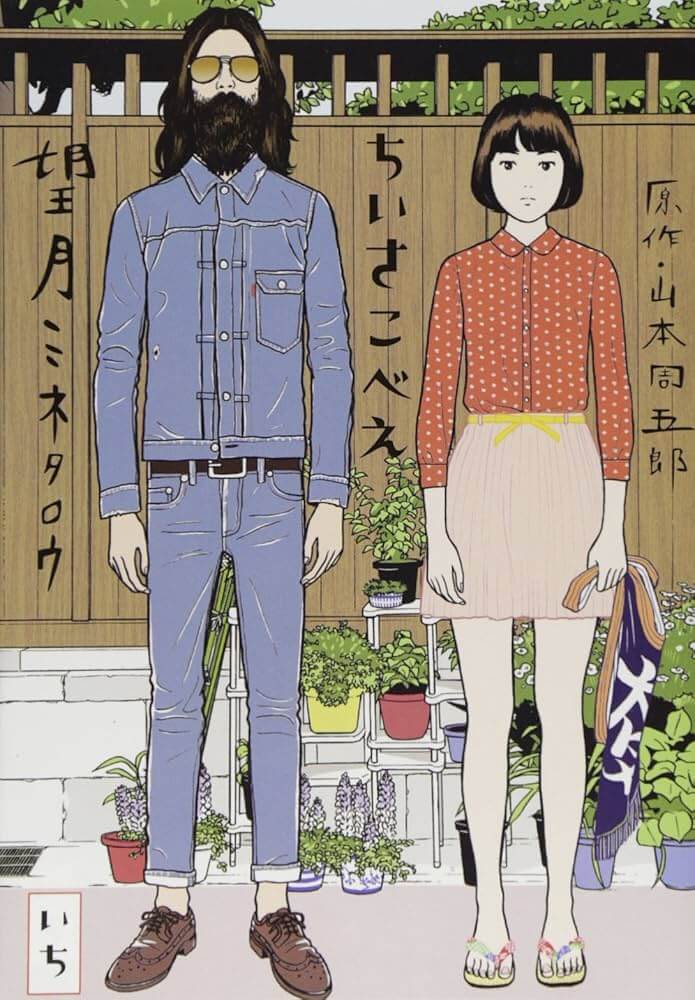
A dragon without a face
ANIME DOCTOR: In today’s world where fear is a daily part of life, from climate to war to general anxiety, do you think that Dragon Head is more relevant now than when it was published?
MOCHIZUKI: When I pitched Dragon Head to my editor, I passed him a picture of a dragon without a face. The reason was that at that time, I felt that fear had no face and no shape. It’s hard to perceive. Perhaps that idea persists even in the modern day.
ANIME HERALD: Any fun stories or plans from your New York trip?
MOCHIZUKI: My hotel is in the middle of Times Square. It’s an exuberant, extravagant location that makes me think, “It’s like I’m in a movie!” I also had a preconceived notion that New Yorkers would be snobs, so I was pleasantly surprised that people have been very nice to me.
YATTA-TACHI: What’s your favorite Kazuo Umezz comic?
MOCHIZUKI: My Name is Shingo.
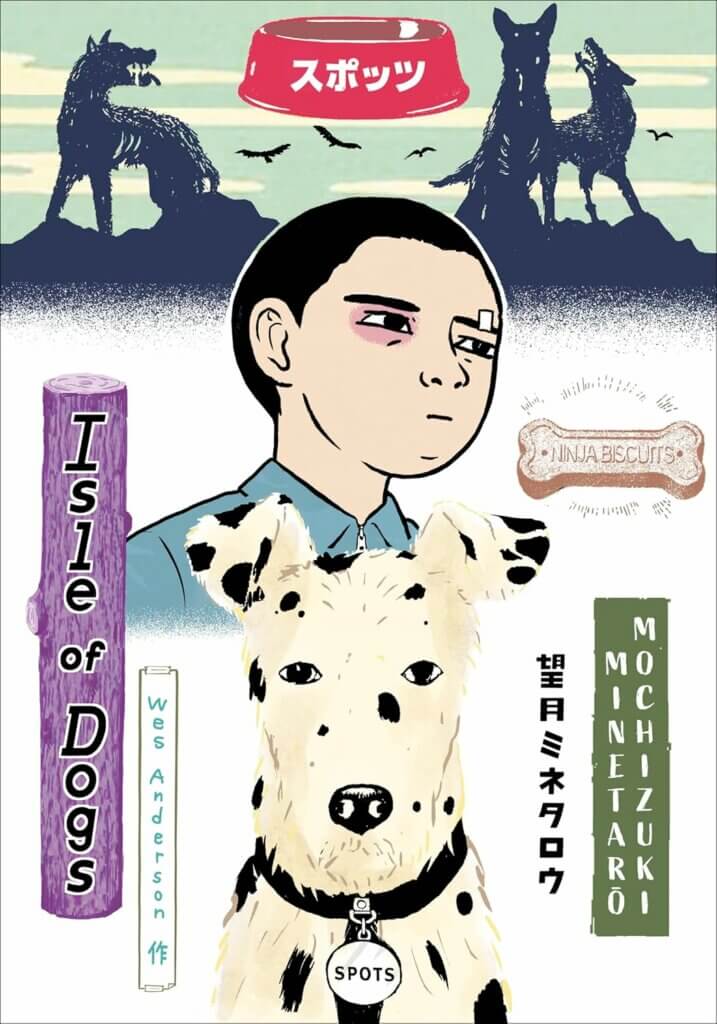
The choice is yours
MANGA MAVERICKS: Why do you think Dragon Head continues to be beloved by manga fans two decades after its conclusion?
MOCHIZUKI: I haven’t been directly told by fans that they love my work. On the other hand, I’ve never had anyone take a swing at me because they hated me either. (laughs) So I personally don’t know why. But I feel blessed to hear that.
ANIME DOCTOR: Teru struggles to remain sane and moral while others spiral. Do you believe that fear inevitably strips away humanity, or were you offering a counterpoint through him?
MOCHIZUKI: Fear is something humans create in their mind. But creation, imagination, also comes from there as well. These two things are very different and yet originate from the same place. Everything is up to the individual; the choice is yours.
Article edited by: Anne Lee
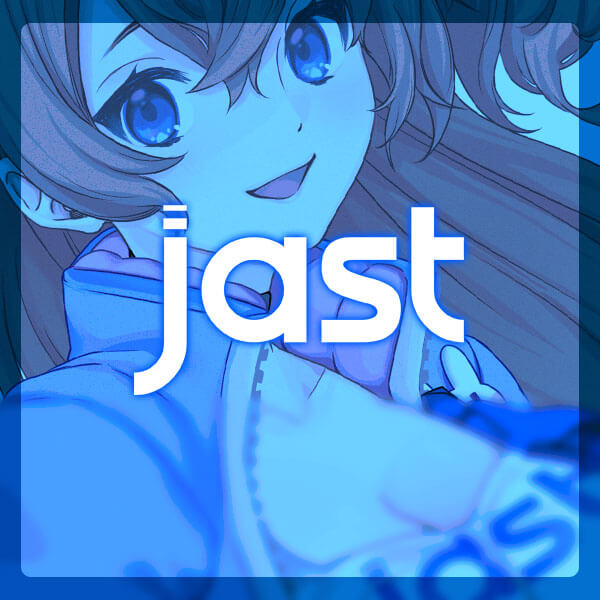
Featured Sponsor - JAST
The sweetest romance and the darkest corruption, the biggest titles and the indie darlings; for visual novels and eroge, there's nowhere better.
Big thank you to our supporters
From their continous support, we are able to pay our team for their time and hard work on the site.
We have a Thank-You page dedicated to those who help us continue the work that we’ve been doing.
See our thank you page
